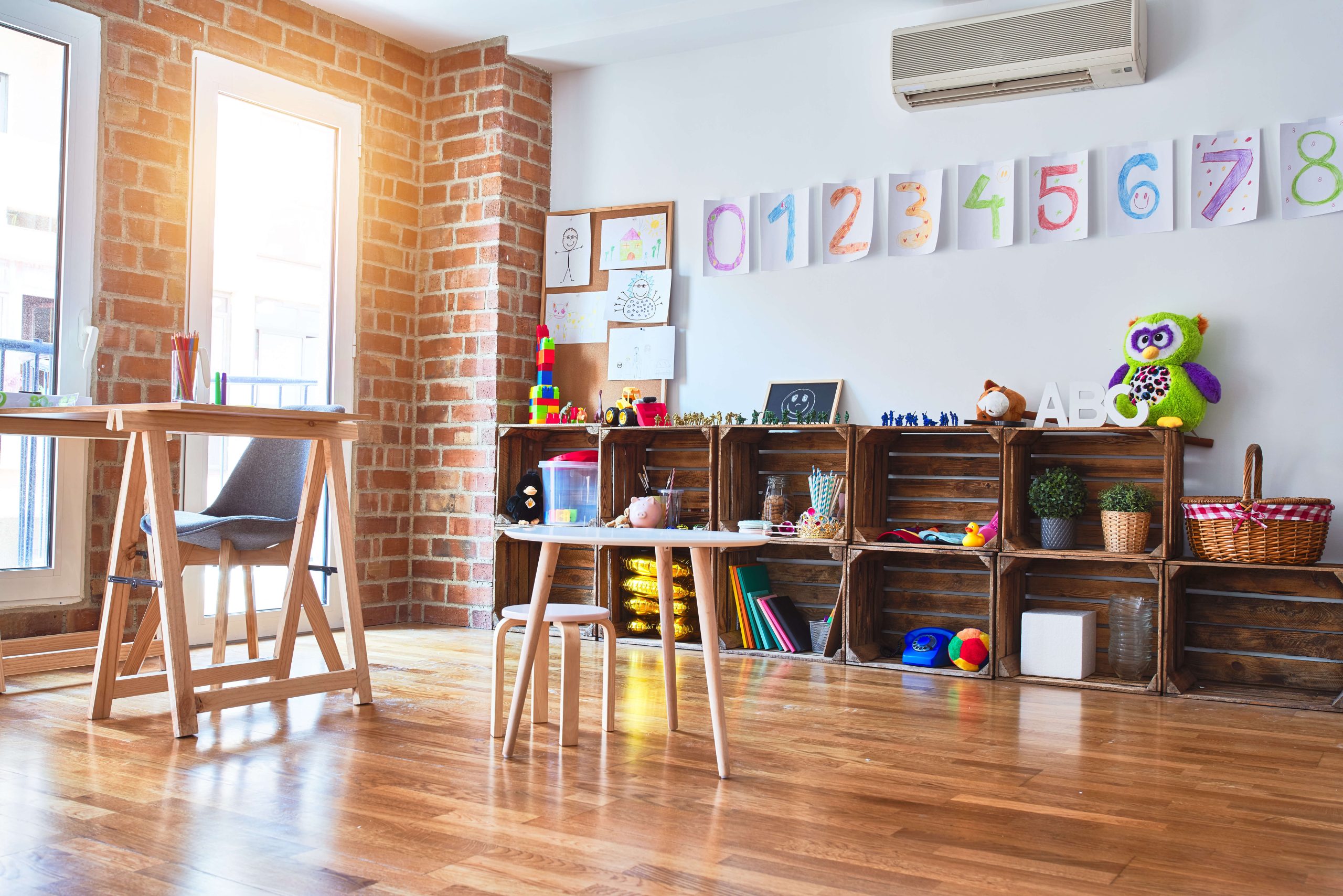When it comes to maintaining a school building, one of the most important features to focus on is the condition of the floors. School floors are constantly exposed to high levels of foot traffic, spills, and wear and tear, making them susceptible to damage over time. This is where school floor restoration comes into play. Whether you’re dealing with wooden, parquet, or vinyl floors, restoring them can breathe new life into your school and enhance the overall environment for students and staff.
However, before diving into a restoration project, many schools wonder: What is the cost of school floor restoration? This question is critical when planning a school refurbishment project, especially when working within a specific budget. In this guide, we will break down all the factors that affect school floor restoration costs, provide an overview of the cost of restoring school gym floors, and give you practical advice for budgeting your next project.
Let’s take a closer look at the cost of school floor restoration in Leeds and the factors that affect it.
What is School Floor Restoration?
School floor restoration refers to the process of reviving and refurbishing a floor to restore its original condition and aesthetic appeal. The process typically involves cleaning, sanding, repairing, and refinishing the floor to eliminate signs of wear and damage, such as scratches, stains, and scuff marks.
Schools may opt for floor restoration for several reasons, including:
- Aesthetic appeal: Restoring floors enhances the look of the building, making it more inviting and professional.
- Safety: Floors in poor condition can pose safety hazards. Restoring them ensures a smoother surface that’s less prone to accidents.
- Cost-effectiveness: Restoring floors can be more cost-effective than replacing them entirely, especially if the floors are still structurally sound.
Factors Affecting School Floor Restoration Costs
There are several factors that can impact the cost of school floor restoration. Below, we break down the key elements that should be considered when calculating the total cost of a floor restoration project.
-
Type of Flooring
The type of flooring you are working with will significantly affect the overall cost of restoration. Different materials require different techniques and products, which can influence the cost. Common school floor types include:
- Wooden Floors (Hardwood or Parquet): Wooden floors are generally more expensive to restore, especially if they need to be sanded and refinished. The cost of refinishing school hardwood floors can vary depending on the extent of the restoration required.
- Vinyl Flooring: Vinyl is a more affordable material to restore, but the restoration process may involve replacing damaged tiles or using resurfacing products.
- Concrete Flooring: Concrete floors are durable but can show signs of wear, especially in high-traffic areas. The cost of school floor restoration for high-traffic areas can be higher due to the additional work involved in cleaning, resurfacing, and treating the concrete.
-
Size of the Area
Naturally, the larger the area that needs restoration, the more expensive the project will be. The cost of school floor restoration is typically calculated per square meter or square foot. If you’re restoring large areas like hallways or gymnasiums, the total cost will be higher than if you’re only working on smaller classrooms or corridors.
-
Condition of the Floor
The current condition of your floors plays a big role in determining the cost of restoration. Floors that are heavily damaged may require more work, such as sanding, filling gaps, or replacing damaged sections. On the other hand, floors in good condition that only need a light touch-up will cost less to restore.
- School floor sanding and refinishing costs can increase if the floor needs extensive repairs or if the existing finish is deeply worn.
-
Additional Services
Sometimes, additional services may be required, which can affect the cost. These may include:
- Floor repairs: If the floor has large gaps, cracks, or damaged sections, these will need to be repaired before refinishing.
- Polishing and sealing: The final finish is important for durability and aesthetic appeal. Applying a high-quality polish or sealant will add to the cost.
- Special finishes: Some schools may opt for bespoke finishes like gloss or satin, which can add to the overall price.
-
Location
The location of the school can also influence restoration costs. Professional school floor refinishing Leeds may be priced differently than in other regions due to local labour rates and material availability. Additionally, travel costs for contractors may be factored into the total price if your school is located in a more remote area.
-
Timeframe
If you need the restoration work completed within a short timeframe, you may face higher costs. Contractors may charge more for expedited work or out-of-hours services to accommodate tight schedules.
Conclusion
Whether you’re restoring a classroom floor, a gym floor, or common areas in your school, understanding the school floor restoration costs involved is key to making informed decisions. It’s always best to consult with experienced professionals to get an accurate estimate based on your specific needs.
At floor sanding Leeds, we specialise in professional school floor refinishing Leeds and offer a range of services to meet your needs. Our team has extensive experience working with schools across Leeds, and we are committed to providing high-quality, cost-effective solutions for all your floor restoration needs.

